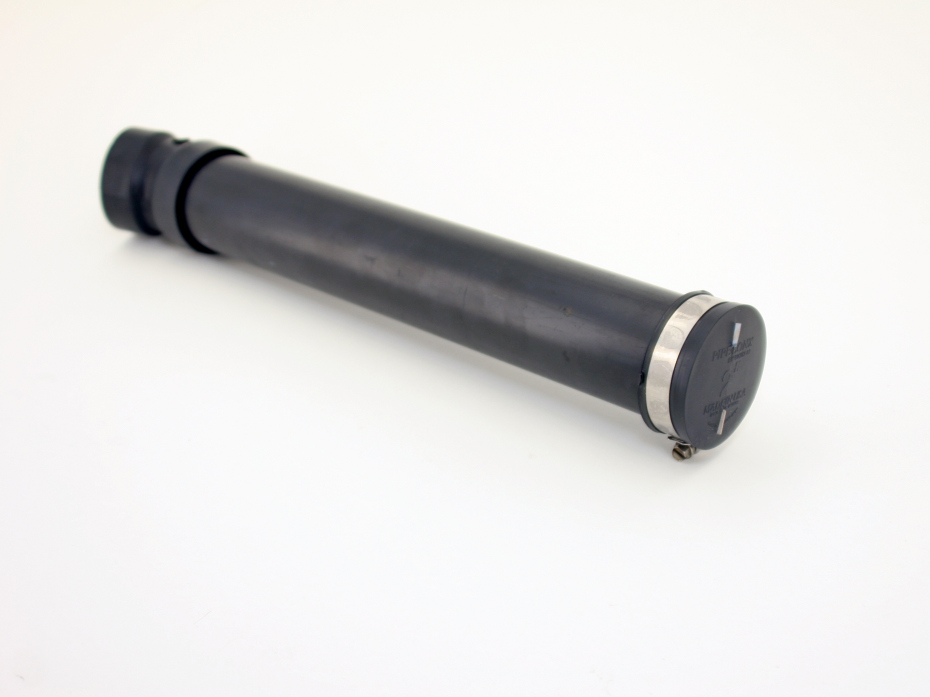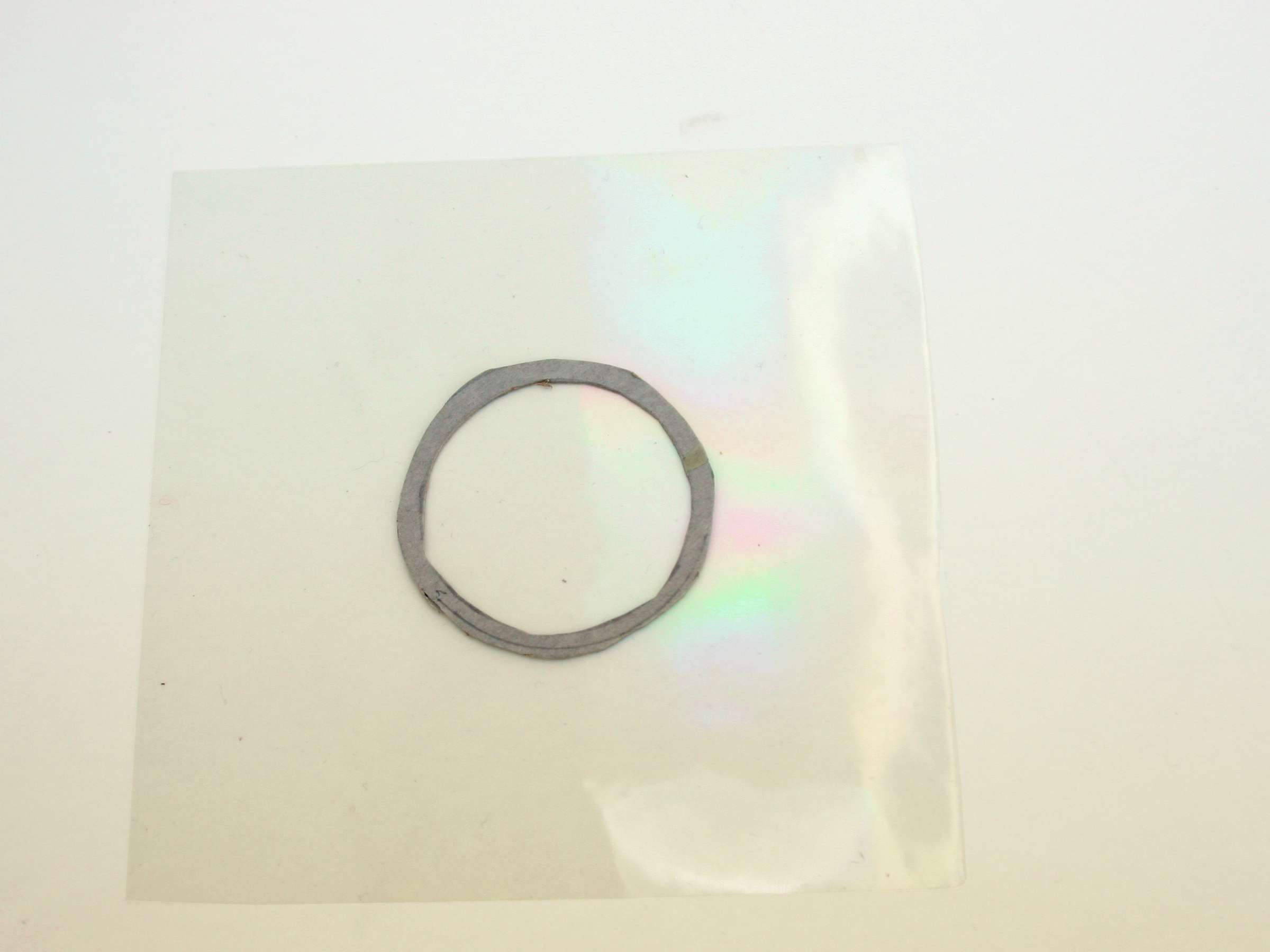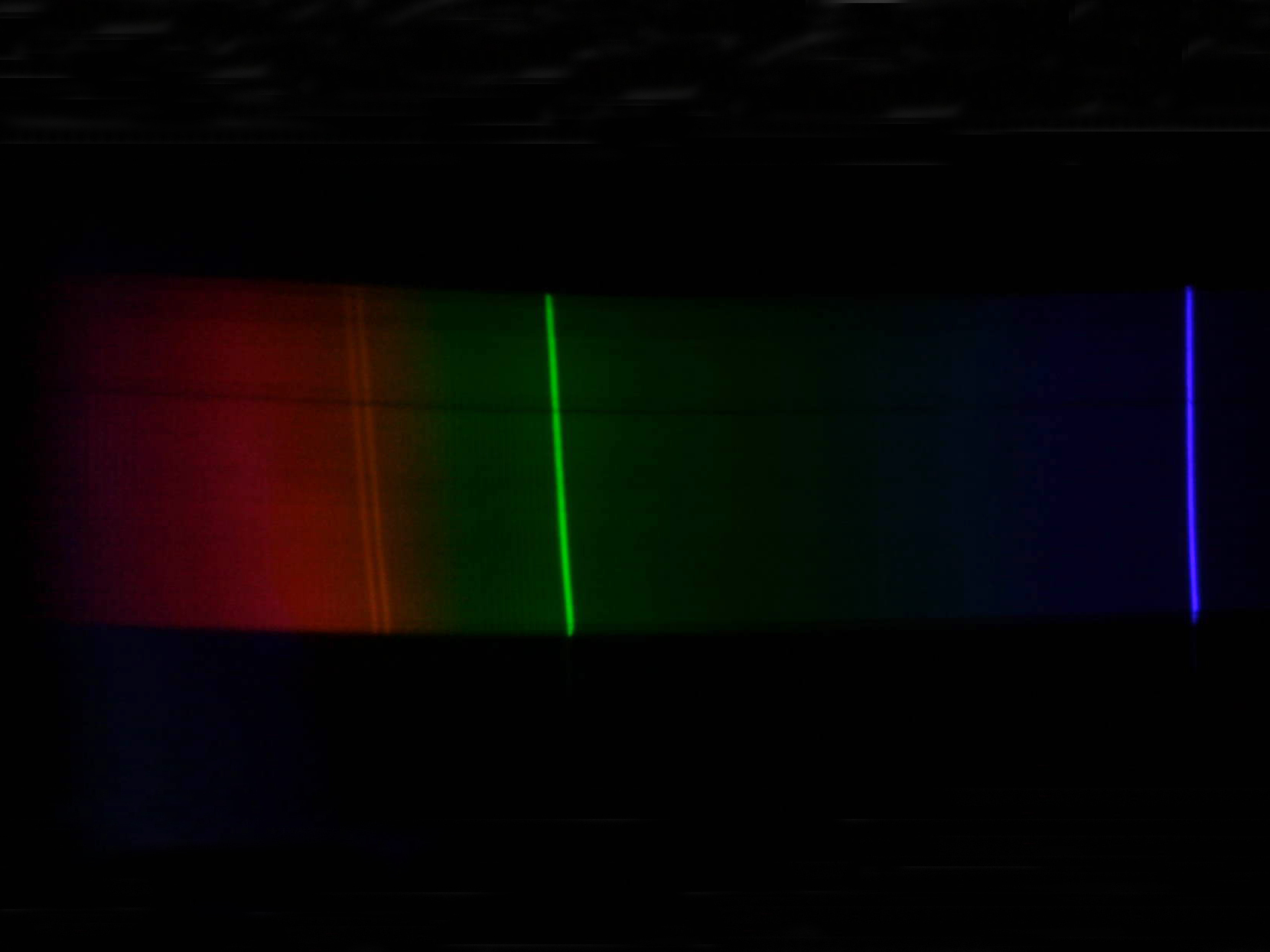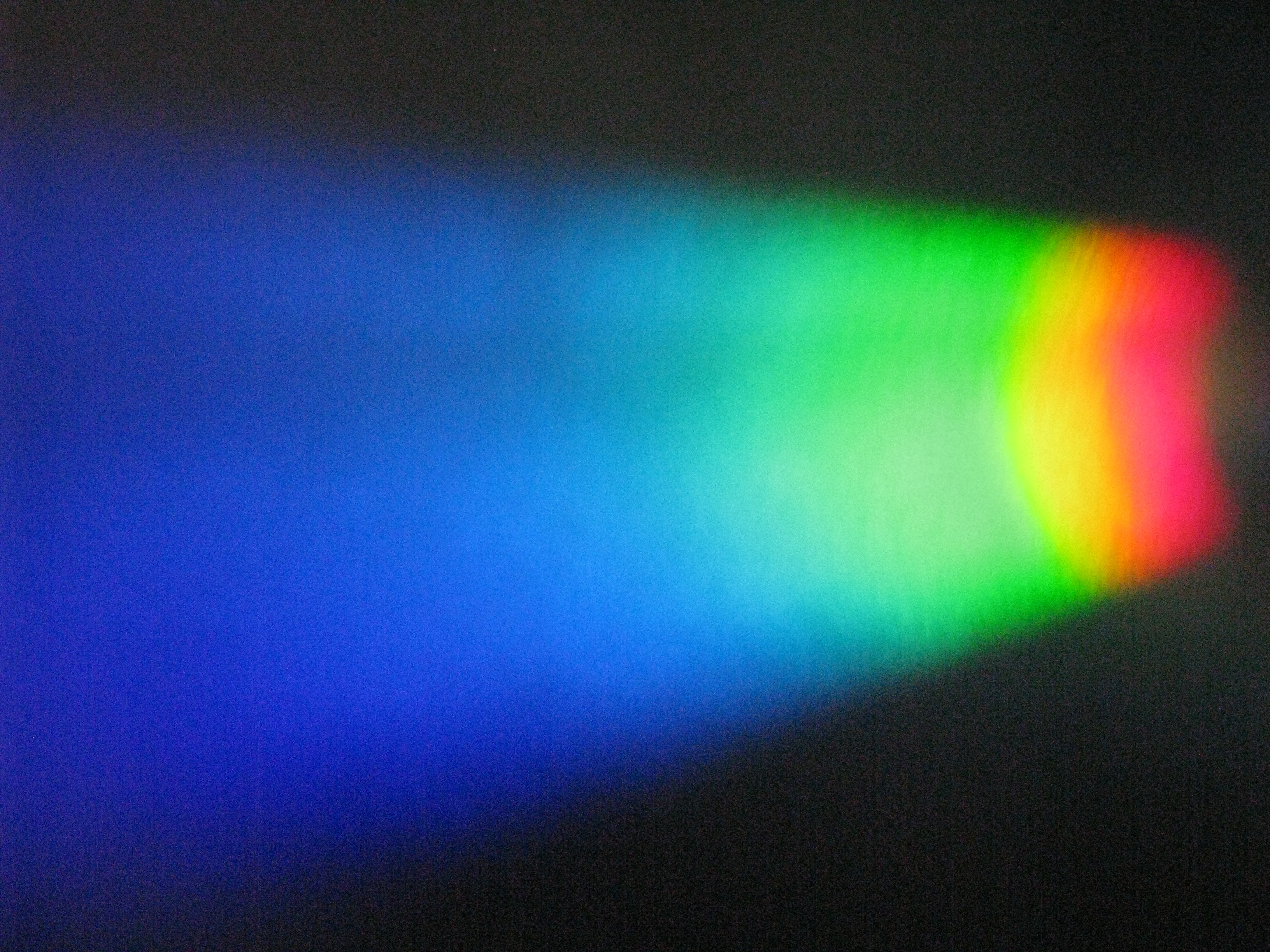Nearly 200 years ago, Joseph von Fraunhofer built the first spectroscope and saw dark lines in the spectrum of the sun. This led him to discover that you can determine the chemical elements in things by analyzing the light they give off. Each element has its own “signature” of lines in the light spectrum. The lines correspond to the characteristic wavelengths that electrons absorb and emit as they jump between lower- and higher-energy orbits around the atom’s nucleus.
The first spectroscopes used glass prisms to split light into colors, but Fraunhofer found that an array of closely spaced wires had the same effect. Today we call these arrays of tiny slits diffraction gratings.
After these discoveries, spectrographs (the instruments used to record spectra) became a standard tool for analyzing the chemistry of almost anything, ranging from microscopic lab samples to faraway galaxies.
The primary element in both spectroscopes and spectrographs is a narrow slit oriented perpendicular to the direction in which the grating or prism spreads the light. As with a pinhole camera, the small aperture images the light source sharply along the spectrum’s axis, which keeps the spread of wavelengths distinct. Each image of the slit, in a slightly different color, is arrayed across the field of view in a wide spectrum image. If any wavelength is brighter or dimmer than the rest, it shows up, respectively, as a bright or dark line in the spectrum.
Although spectroscopes have always been easy to make, a homebrew recording spectrograph presented more of a challenge. Building your own spectrograph meant using microcontrollers and stepper motors to move diffraction gratings past a light sensor — many were planned, but few were actually built.
Today, digital cameras and online tools can turn a simple spectroscope into a laboratory-quality, high-resolution spectrograph. All it takes is a few plumbing parts and other inexpensive materials and less than an hour at your kitchen table.



















